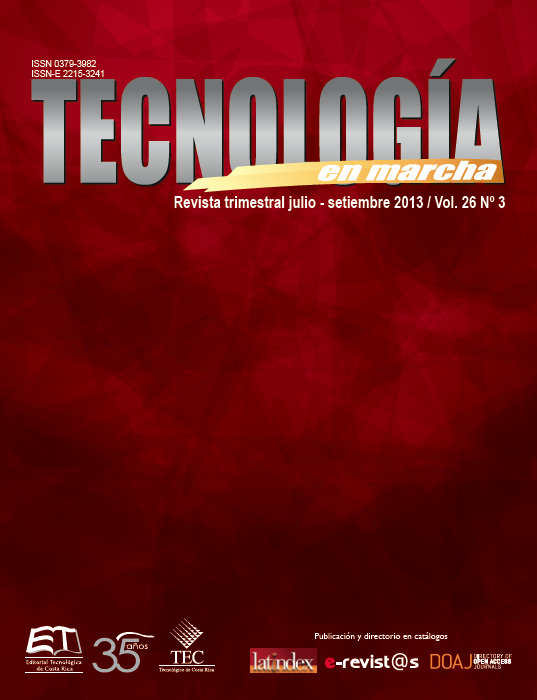Between theory and practice of conservation of natural resources: the parcialidades of Totonicapán, Guatemala
Main Article Content
Abstract
The theory regarding the causal search of predatory actions of human populations on natural resources points out that issues such as poverty, formal schooling, social exclusion, population density, human capital and social capital and the no access to land and political power constitute detonating aspects to encourage and strengthen this attitude in any human group. However, groups of people clustered in “parcialidades” seem to disprove this theory, which could be explained by the conservation of their ethnic identity and prevalence of a particular and differentiated culture. This reality should motivate the emergence and strengthening of intercultural power in Guatemala. A kind of power that could made possible to incorporate traditional knowledge of indigenous peoples in the design of new strategies for environmental conservation, and in finding the real root of Guatemalan nationality. The present article seeks to demonstrate why, in some social groups, conservation of natural resources is more related to cultural aspects than to the presence or absence of items traditionally considered in this type of analysis (education, poverty, density population, human capital, etc.).
Article Details
Los autores conservan los derechos de autor y ceden a la revista el derecho de la primera publicación y pueda editarlo, reproducirlo, distribuirlo, exhibirlo y comunicarlo en el país y en el extranjero mediante medios impresos y electrónicos. Asimismo, asumen el compromiso sobre cualquier litigio o reclamación relacionada con derechos de propiedad intelectual, exonerando de responsabilidad a la Editorial Tecnológica de Costa Rica. Además, se establece que los autores pueden realizar otros acuerdos contractuales independientes y adicionales para la distribución no exclusiva de la versión del artículo publicado en esta revista (p. ej., incluirlo en un repositorio institucional o publicarlo en un libro) siempre que indiquen claramente que el trabajo se publicó por primera vez en esta revista.

